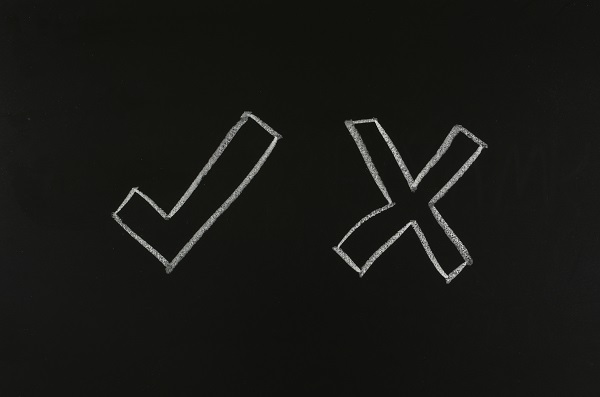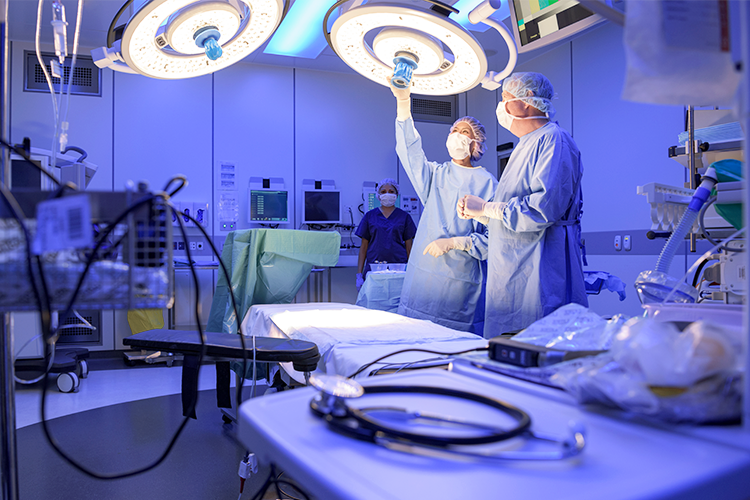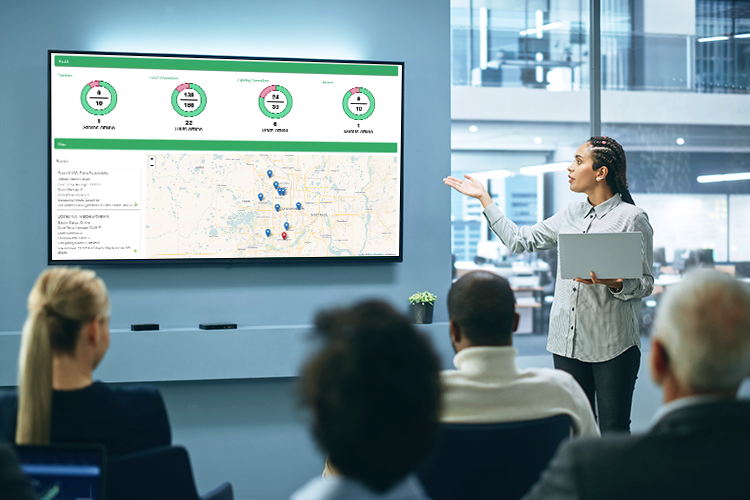2013 Lighting Industry: A Look Back at My Predictions Part 1
January 28, 2014
At the beginning of 2013, I boldly made four predictions about the lighting industry and its technology in a blog post. Now for the fun part: Looking back and seeing just how right (or wrong) I was. It turns out I had a lot to say, so I’m splitting this post into two, covering Prediction #1 here and following up with Predictions #2-4 next week.
Prediction #1. LED Fixture Efficacy – by the end of 2013
I said that LED fixtures will continue to become more efficient and called out some notable fixture types and the efficacies I expected them to achieve.
Highbay – 135lm/W.
What I said then: Current DLC Highbay Fixtures top out at 109 lm/W (LSI Industries – XHB3 Fixture). At 135lm/W and falling in price, facilities that are up for a general relamp will need to evaluate. The question they’ll face: Should they spend on a relamp or invest in a new solution that saves them energy and virtually eliminates their relamp cycle?
INCORRECT – As of the end of 2013, the highest efficacy highbay fixture on the DLC’s Qualified Products List (QPL) was Meteor Lighting’s CS-115-CW, coming in at 117lm/W.
This is only 7% higher than at the beginning of the year (only 15 product families surpassed January 2013’s leading fixture). I’m going to chalk up this small increase to price pressure trumping efficacy.
If the price would have dropped at the same modest rate as the efficacy rose, we probably wouldn’t have done any more highbay projects in 2013, compared to 2012. But we did a lot more of those projects in 2013 and that’s because, in general, the price dropped significantly on these fixtures.
Recessed Troffer – 125lm/W
What I said then: Current DLC Recessed 2x4 fixtures top out at 115lm/W (CREE Inc. – CR24 Fixture). As you can see, I haven’t predicted a very large efficiency jump. I think that 2013 will be for recessed 2x4s what 2012 was for highbays. The efficiency has gotten about to where it needs to be, so fixture manufacturers will focus their effort on cost reductions more than fixture efficacy.
CORRECT – I’ll take it, but it’s only thanks to one fixture, Cree’s CR24-40LHE-30K, which comes in at 130lm/W (a staggering 14% higher than its closest competitor).
The cost reduction portion of the prediction was spot on, though. There have been a lot of new entries into the market, specifically from the “sharks” I have detailed before. The fixture du jour (or du annum) is the 2x2 flat panel, edge lit, fixture. This is, essentially, a horizontally mounted flat panel TV, with higher power LEDs, better heat management, and no colors. The price pressure from these fixtures entering the market has caused the “traditional” LED 2x2 and 2x4 fixtures to drop their prices in 2013 by as much as 50%. Because of this, we are seeing a significant increase in customer interest for these fixtures.
PAR38 – 95lm/W
What I said then: Current DLC PAR38 Lamps top out at 82lm/W (CREE Inc. – LRP38-10L Lamp).
The efficacy of the LED Parabolic Aluminized Reflector (PAR) Lamps has typically trailed the LED fixtures. The small package and integral driver make heat a much more difficult obstacle to overcome. Given the population of existing non-LED solutions, along with the strong rebate opportunities out there, it’s the front runner in terms of timeline of conversion, even though it trails the previous examples in efficacy.
PARTIAL – First of all, I had an error within the original prediction. PAR lamps are not listed on the DLC list. They appear on the Energy Star Qualified Lamps Product List. The specs I listed were correct, but the source wasn’t.
As for the actual prediction, it wasn’t officially correct. I didn’t predict much of an efficacy increase but manufacturers focused almost exclusively on eliminating cost. That’s what I would have focused on also, as that was the only barrier left for wide-spread adoption, but I figured they’d make SOME efficacy gains. The current leader on the list is Litetronics’ LP10566SP4-M at 86lm/W.
But remember, when we are dealing with Energy Star we are dealing with a 3000 hour testing requirement (about four months) before you can get initial listing. A website review of manufacturers that produce PAR38 lamps will show you that most of them have lm/W specs higher than Litetronics’ current leader, and higher than my 2013 prediction.
Outdoor Parking – 125lm/W
What I said then: Current DLC Parking Lot fixtures top out at 108lm/W (Kenall – TPD-23-5N, 5000K). This is another market that has been a leader in LED conversions. The vast majority of what is out there is Metal Halide or High Pressure Sodium. However, unlike indoor highbay fixtures, most of the time a conversion to fluorescent hasn’t—and will never—make sense because of lamp size and temperature issues.
INCORRECT – The current leader on the DLC list is Envirolux ENV-90-LED-LFL-PS-120, which comes in at 116lm/W. As with the other categories, the trend here has been on price reduction. But more so than any other category the manufacturers have been targeting higher total lumen packages; ones that can rival the output of the 1000W HID lamps.
How did I do on my remaining predictions, which look at focusing on price reduction over efficiency gains, color quality scale and market players? Check back next week for Part 2 of this post.
Tony Johnson is Energy Management Collaborative's Technology Manager. In this role he combines his background in lighting & controls design and solid state light fixture design with his expertise in energy savings to evaluate emerging technologies for EMC customers.


